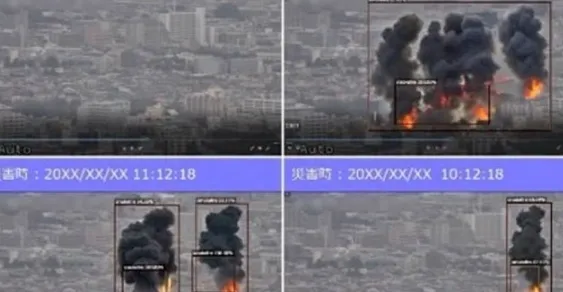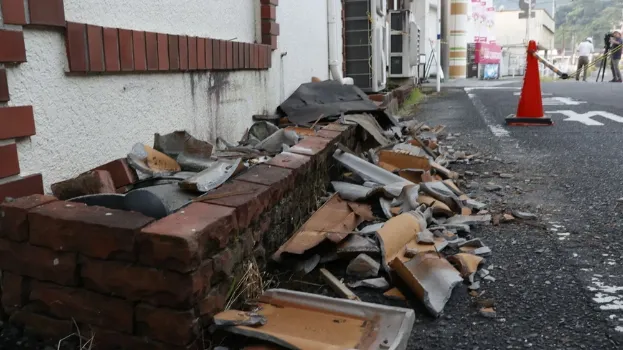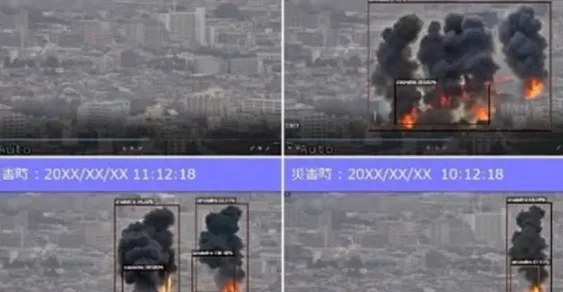Tokyo Deploys AI System to Enhance Earthquake and Fire Response

Tokyo Deploys AI System to Enhance Earthquake and Fire Response Capabilities
The Tokyo metropolitan government has taken a significant step towards improving its disaster response capabilities by implementing a cutting-edge artificial intelligence (AI) system. This AI system is designed to enhance the initial response during major earthquakes, a critical need given Japan’s vulnerability to seismic activity. The new system leverages high-mounted cameras to detect fires and collapsed buildings in real-time, which is crucial for providing timely information to key agencies such as the police, fire departments, and Japan’s Self-Defense Forces. This enables faster and more effective rescue efforts, potentially saving lives and reducing damage.

The system’s core components include several high-resolution cameras strategically placed throughout the city. Two of these cameras are installed on the Tokyo government building, one is positioned on a bridge near Tokyo Bay, and another is located in the western part of the metropolitan area. These placements were carefully chosen to maximize the coverage of critical areas within the city. Local officials and Hitachi, the company responsible for developing the system, have emphasized the importance of these cameras in ensuring that any signs of disaster are promptly detected and responded to.
This AI-powered system is the first of its kind to be deployed in Tokyo. It was officially launched by the Japan Meteorological Agency following warnings of a potential megaquake along the Nankai Trough. This seismic fault line runs between central and southwestern Japan and has the potential to trigger devastating earthquakes and tsunamis. The deployment of this system marks a proactive approach by Tokyo’s government to mitigate the impact of such natural disasters.

According to a 2022 assessment by the Tokyo metropolitan government, a megaquake originating in the Nankai Trough could produce tsunamis up to 2.6 meters high along Tokyo Bay. The likelihood of such an earthquake occurring beneath Tokyo within the next 30 years is estimated to be 70%. If a quake of this magnitude were to strike south of Tokyo, the consequences could be catastrophic, with projections of up to 6,100 fatalities and the collapse of approximately 194,000 buildings. These figures underscore the critical importance of having a robust disaster response system in place.
To further enhance the system’s capabilities, plans are in place to add two more cameras by March of next year. These additional cameras will be installed on the Tokyo Skytree tower, significantly expanding the system’s coverage to nearly all 23 wards of the capital and adjacent western areas. This broader surveillance network will allow the AI system to monitor a larger area, ensuring that any signs of disaster are quickly identified and addressed.
The AI system works by analyzing footage from the cameras to detect smoke, structural damage, or other signs of disaster. Once an anomaly is detected, the system immediately displays the information on a map, allowing emergency responders to pinpoint the affected areas. Additionally, the AI can identify regions with a high concentration of wooden buildings, which are particularly vulnerable to fires and structural collapse during earthquakes. This information is vital for prioritizing emergency response efforts in areas that are most at risk.
Historically, the cameras used for disaster monitoring in Tokyo were operated manually, which often resulted in delays and inaccuracies in the information provided during the initial stages of a disaster. The introduction of AI technology has revolutionized this process, enabling real-time, automated analysis that significantly improves the speed and accuracy of disaster response.

In conclusion, the deployment of this AI system represents a significant advancement in Tokyo’s disaster preparedness and response capabilities. By utilizing state-of-the-art technology to monitor and analyze potential disaster zones, Tokyo is better equipped to protect its residents and infrastructure from the devastating effects of major earthquakes and other natural disasters. As this technology continues to evolve, it will likely serve as a model for other cities around the world facing similar risks.



